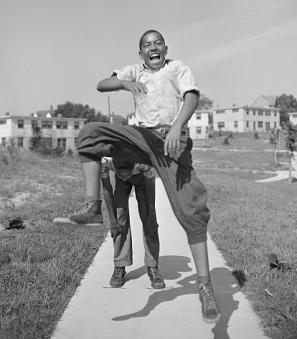A King at Mount Vernon
“Sometimes, during the last terrible months, we have felt rather lonely in our fight against evil things, but I can honestly say that our hearts have been lightened by the knowledge that friends in America understand what we are fighting for. We look back with such great pleasure to those lovely days we spent with you last June. We often talk of them, and of your & the President's welcome & hospitality." [1]
--Queen Elizabeth to Eleanor Roosevelt, Spring 1940
On June 8, 1939, a royal train rolled into Track 20 at Union Station. The station had been cleaned and shined, the columns lining the track had a fresh coat of green and white paint, and a blue carpet was rolled out from the platform to the newly redecorated station reception room.[2] The visitors arriving in Washington that day were King George VI and Queen Elizabeth, who made unprecedented history by becoming the first reigning British monarchs to ever set foot on American soil. Of the various activities that the King took part in during his stay, the irony of his visit to Mount Vernon was, quite possibly, the most intriguing.
By June of 1939, it was clear that Europe was yet again on the brink of war. President Franklin Roosevelt realized that it might be essential to try and strengthen ties with Britain, despite the reality that this act would be a drastic change in foreign policy for the U.S. While the United States was cordial with Britain, the two countries had experienced sometimes tense post-Revolution relations since the 1770s.[3] FDR’s plan was to invite the King and Queen to visit the U.S. in an effort to demonstrate what a strong and friendly bond the two countries had, should it be necessary to harness public trust and support during a war. The Monarchs accepted the President’s invitation, and FDR took to planning every detail of the visit “to ensure the King’s success in winning over the sympathy and support of the American people.”[4]
When King George VI and Queen Elizabeth disembarked the royal train, they walked an aisle formed by a double row of six-foot marines, into the reception room where they were greeted by President and Mrs. Roosevelt.
From Union Station, the four dignitaries took to cars, and slowly traversed the streets of Washington, where they were greeted by a 21-gun salute, and 600,000 Washingtonians who braved the heat hoping to catch a glimpse of royalty.[5] The King and Queen enjoyed an afternoon reception at the British Embassy, followed by a formal evening of food and music at the White House, where both the King and FDR made toasts to peace.[6]
The next day, Friday, June 9, was a classic Washington summer day—stiflingly hot and windless. Around noon, the President and First Lady, King and Queen, members of the President’s Cabinet and their wives, officials of the British Embassy, and other distinguished guests boarded the presidential yacht, the U.S.S. Potomac, and set sail down the Potomac River to the Mount Vernon Estate.[7] While on the vessel, the King and Queen were given a luncheon, followed by private conversations between the King and FDR.[8] Upon arriving at Mount Vernon’s wharf at 1:30 p.m., the boat was tied down, and the royal party was greeted by Estate Superintendent Charles Cecil Wall, who then escorted the party by car to Washington’s Tomb for the main event.
The King, surrounded by complete silence and solitude, walked through the “ivy-curtained doorway to the stone sarcophagus of George Washington,” where he placed a wreath made of “white lilies, iris, carnations and magnolia leaves.”[9] A June 10, 1939 Washington Post article described the peaceful scene:
“His Majesty’s movements were without hesitation and his face without expression. The muscles flexed about his mouth when he strode from the gate that protects the simple red-brick tomb. His mind seemed distant from the scene, or deeply within it, and from this he looked startled when the cameramen’s flashes found him. He appeared to spring from his mood, as he glanced fleetingly at the cameramen perched on a tier of stands in front of the tomb. He made a quick whisper to the Queen, who stood nearby chatting with Mrs. Roosevelt. His words were too low to hear, but instantly the Queen lowered her famous white parasol with the green lining. The photographers found her face then. The King turned abruptly and stood on the right of Mrs. Roosevelt. Neither spoke for a full minute, and the incessant flashes from the cameramen’s bulbs lighted the dark patches of ivy on the tomb and the creaking of newsreels undertoned the flutings of the bob whites down the hill. It was very still, and very solemn—the King just standing there, a slight quiet figure, his eyes gone distant again, into himself, into the rolling greenery of the Mount Vernon landscape or into history that starts at the big white house on the hill overlooking the slow river.” [10]
After the wreath was placed and photographs taken, the King remarked “This is very interesting,” and with that, the King and Queen were guided up a brick walkway to Washington’s mansion, occasionally pausing in the shade along the path for a few moments of relief from the intense heat of the day.[11] Though his “handkerchief never went to his brow,” the King, dressed in heavy formal attire, stated, “It is extremely warm,” along the walk.[12]
When they arrived at the mansion, the King took “special interest in the names of the states as they were mentioned in presenting the [24] Vice-Regents, and commented upon the difficulty of giving both the name and the state of each Vice-Regent correctly.”[13] The presentation was followed by a tour of the mansion and gardens, where the Queen was apparently most interested by the early American cooking utensils.[14]
The King was presented with a set of “The Diaries of George Washington,” which he accepted with gratitude, and “both their Majesties were appreciative and responsive, and apparently sincerely interested in that which had been done at Mount Vernon.”[15]
The Royal party stayed at the estate for about as long as the average tourist, and then left by car, traveling through Alexandria where 35,000-50,000 excited onlookers lined the streets watching as the motorcade made its way to visit the Fort Hunt CCC camp. At the Camp, the King stopped to chat with some of the boys—one remarking later that the King was “a swell guy.”[16]
The procession then carried on to Arlington Cemetery, where the King laid a wreath at the Tomb of the Unknown Solider. The next day, the Royals visited the Capitol Rotunda and greeted nearly all 531 congressmen—many of whom called the Queen “charming,” and “sweet as can be.”[17]
Before arriving in Washington, the Royals had been on a month long tour of Canada, which would continue for a few more days after leaving the States. En route back to Canada, the Roosevelts hosted them in New York, where they attended the World’s Fair, and relaxed at Hyde Park with an informal garden picnic. The King and Queen tried their first hot dogs at the picnic, and the King was apparently quite enamored with them, coming back for more.[18]
Despite the importance of the King and Queen’s entire first American trip, their visit to Mount Vernon was most certainly the highlight, and extremely symbolic. The irony of the King laying a wreath on the tomb of his great-great-great-grandfather George III’s Revolutionary enemy, George Washington, was not lost on anyone that day. In fact, the visit to Mount Vernon marked a significant shift in relations between the United States and Britain.
On June 12, 1939, The London Times remarked:
“No subject of the King [could] fail to be touched by the open-hearted way in which the American people received him and his consort. The three days which they spent on American soil have brought the two countries even closer together than they were before. They have widened and deepened their understanding of one another and their mutual sympathy.” [19]
Just three months later, WWII began, and England was faced with attacks from the Axis powers. Americans notably sympathized with the UK’s circumstances in a dramatic shift from indifference. It seemed that “Britons were no longer strangers or the evil colonial rulers from the past, but familiar friends and relatives with whom Americans could identify.”[20] Ironically, this shift was due, in large part, to FDR inviting a King to Mount Vernon.
Footnotes
- ^ Queen Elizabeth. 1940. “Reply from Queen Elizabeth to Mrs. Roosevelt,” 1940. http://docs.fdrlibrary.marist.edu/queensre.html.
- ^ The Washington Post (1923-1954); Washington, D.C. 1939. “Rulers to Traverse Mount Vernon Route On Trip to Shrine: Police to Close Highway for King,” June 2, 1939. https://search-proquest-com.library.access.arlingtonva.us/hnpwashington….
- ^ “The British Royal Visit.” FDR Presidential Library & Museum. Accessed August 2, 2018. https://fdrlibrary.org/royal-visit.
- ^ Ibid.
- ^ British Pathé. King George VI And Queen Elizabeth In Washington (1939). Accessed September 7, 2018. https://www.youtube.com/watch?v=tDB-coIYtFI.
- ^ “The British Royal Visit.” FDR Presidential Library & Museum. Accessed August 2, 2018. https://fdrlibrary.org/royal-visit.
- ^ “King George VI and Queen Elizabeth.” George Washington’s Mount Vernon. Accessed August 2, 2018. https://www.mountvernon.org/the-estate-gardens/famous-visitors/article/….
- ^ Hart, Scott. 1939. “Card on Tomb of Washington Bears Legend: ‘George R.I.’: Roosevelt Escorts Monarch on Trip To Mount Vernon.” The Washington Post (1923-1954); Washington, D.C., June 10, 1939. https://search-proquest-com.library.access.arlingtonva.us/hnpwashington….
- ^ Ibid.
- ^ Ibid.
- ^ Ibid.
- ^ Ibid.
- ^ “King George VI and Queen Elizabeth.” George Washington’s Mount Vernon. Accessed August 2, 2018. https://www.mountvernon.org/the-estate-gardens/famous-visitors/article/….
- ^ Hart, Scott. 1939. “Card on Tomb of Washington Bears Legend: ‘George R.I.’: Roosevelt Escorts Monarch on Trip To Mount Vernon.” The Washington Post (1923-1954); Washington, D.C., June 10, 1939. https://search-proquest-com.library.access.arlingtonva.us/hnpwashington….
- ^ “King George VI and Queen Elizabeth.” George Washington’s Mount Vernon. Accessed August 2, 2018. https://www.mountvernon.org/the-estate-gardens/famous-visitors/article/….
- ^ TIMES, Special to THE NEW YORK. 1939. “King and Queen Are Avid Sightseers on Tour of Presidential Yacht on Potomac.” New York Times, 1939. https://search-proquest-com.library.access.arlingtonva.us/hnpwashington….
- ^ TIMES, RAYMOND DANIELL Special to THE NEW YORK. 1939. “MEET LAWMAKERS: Legislators, Struck by Queen’s Charm, Loudly Applaud Sovereigns.” New York Times, 1939. https://search-proquest-com.library.access.arlingtonva.us/hnpwashington….
- ^ Felix Belair Jr. 1939. “King Tries Hot Dog And Asks For More.” New York Times, June 12, 1939.
- ^ TIMES, Special Cable to THE NEW YORK. 1939. “Britons Are Proud of Success Won by King and Queen as Makers of Friendships.” New York Times, 1939. https://search-proquest-com.library.access.arlingtonva.us/hnpwashington….
- ^ “The British Royal Visit.” FDR Presidential Library & Museum. Accessed August 2, 2018. https://fdrlibrary.org/royal-visit.


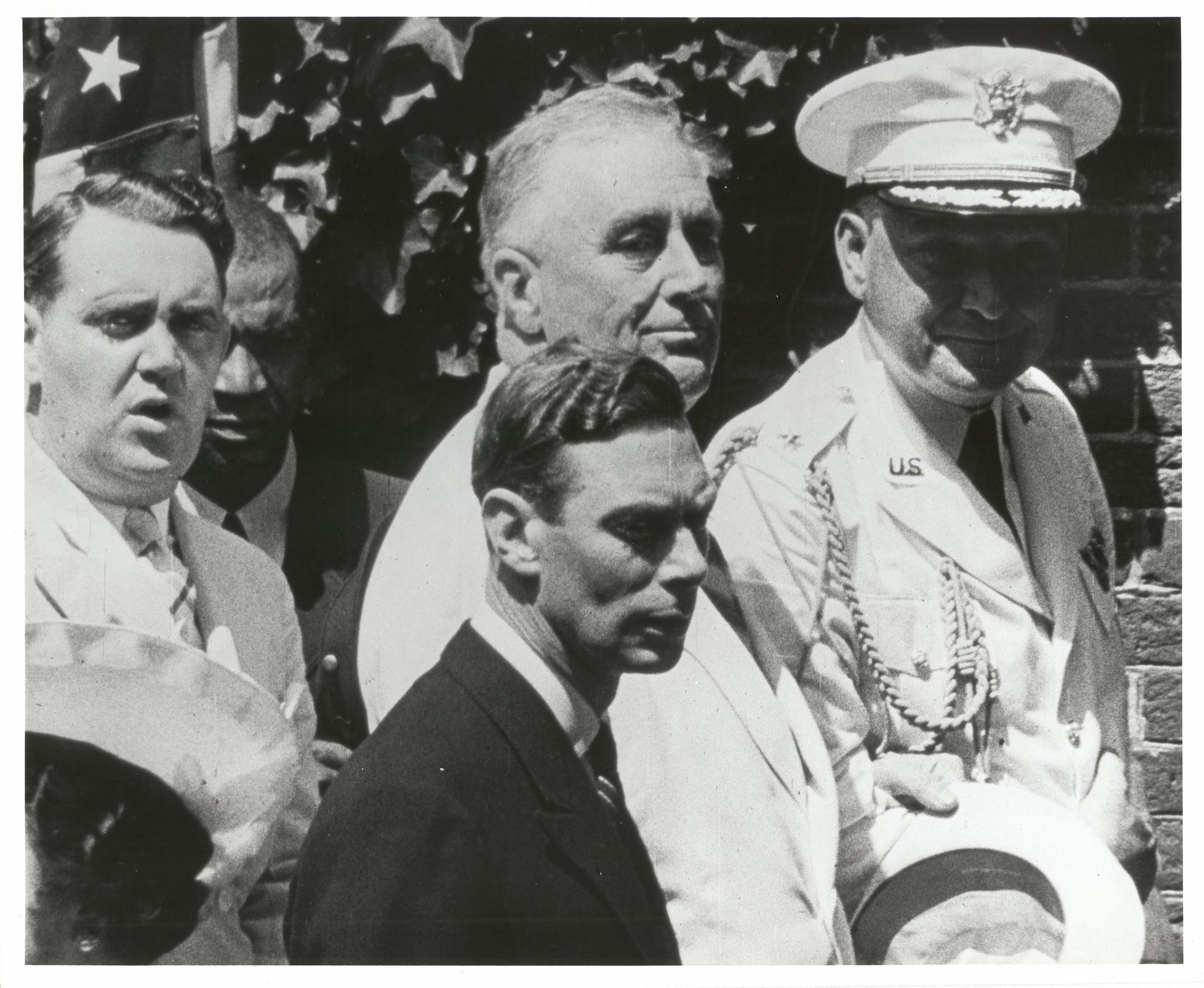
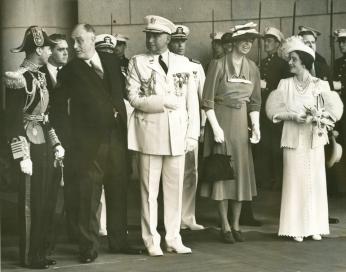
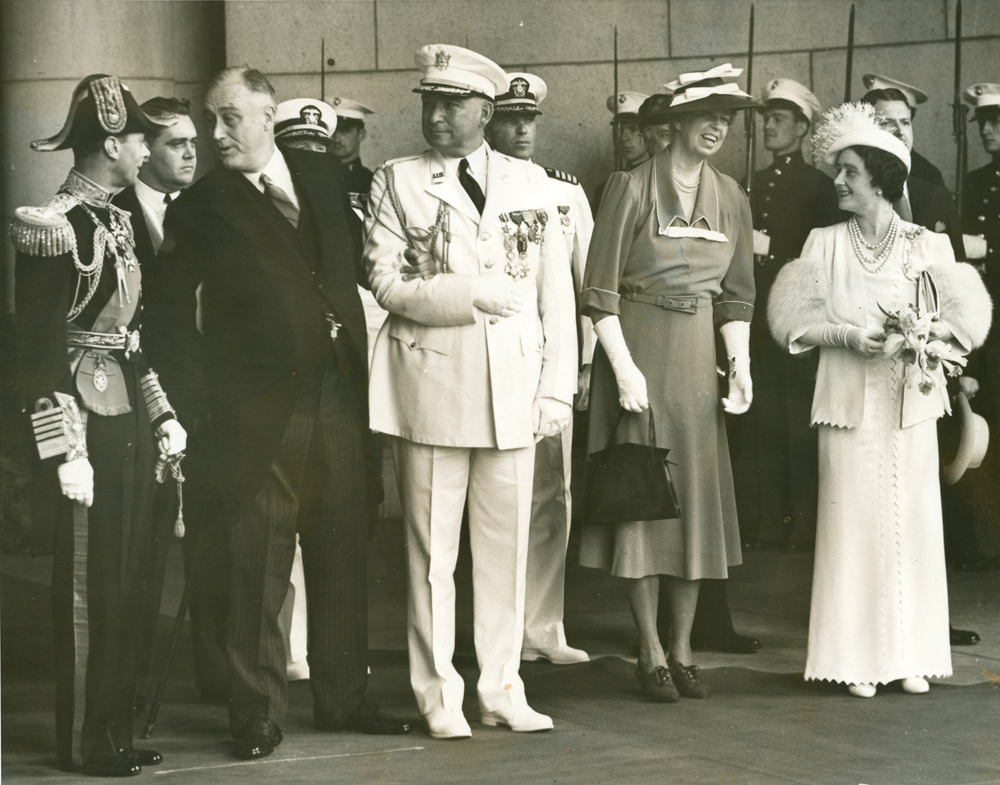
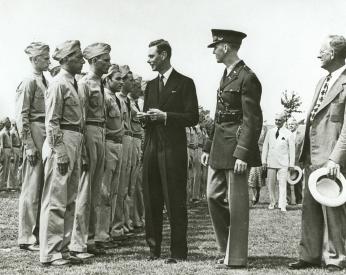
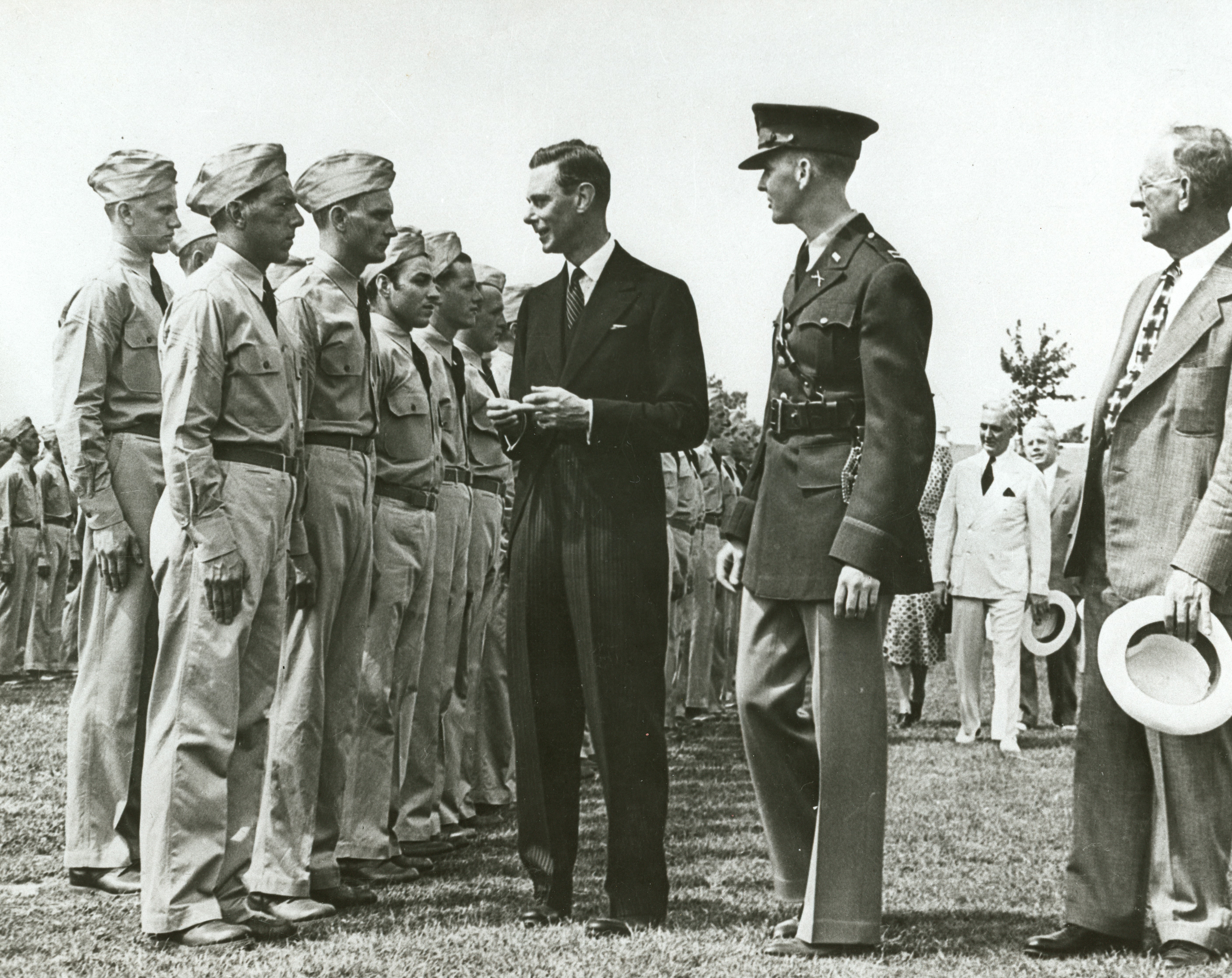
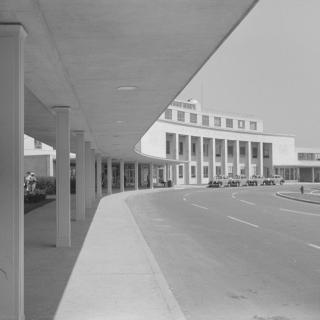
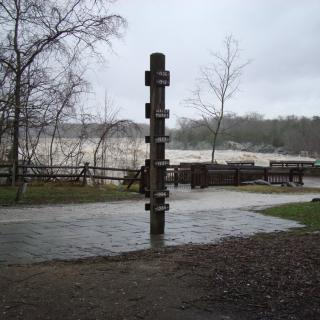
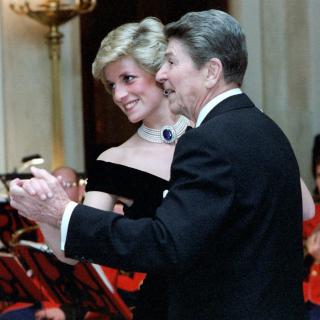
![Sketch of the mythical fuan by Pearson Scott Foresman. [Source: Wikipedia]](/sites/default/files/styles/crop_320x320/public/2023-10/Goatman_Wikipedia_Faun_2_%28PSF%29.png?h=64a074ff&itok=C9Qh-PE1)











